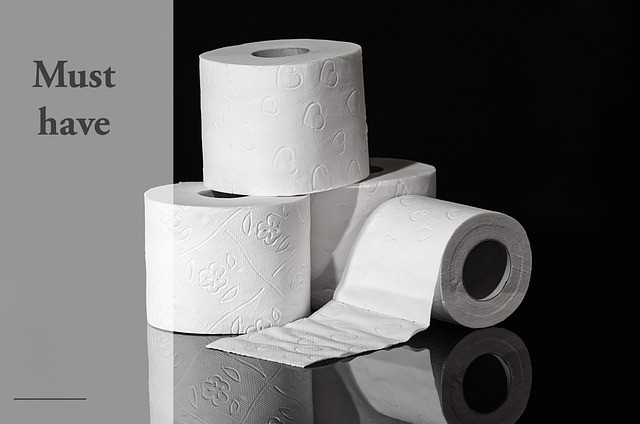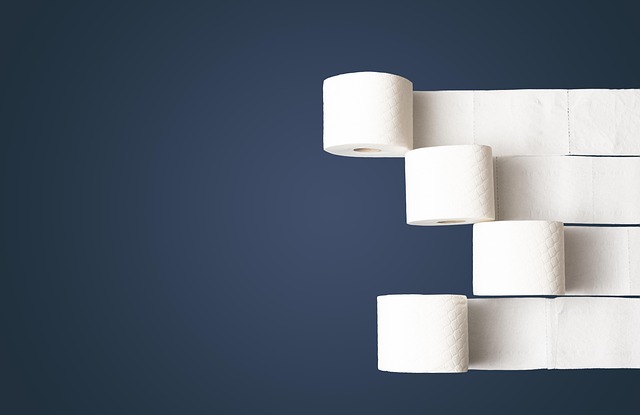Many homeowners ignore signs of a running toilet until high water bills alert them. Recognize symptoms like dripping, constant flush flow, and gurgling sounds, caused by faulty float valves, worn seals, or leaky flush valves. Regular maintenance checks are vital for identifying and addressing these issues early, saving money, reducing environmental impact, and preventing major plumbing problems. Learn practical solutions to stop a running toilet through troubleshooting steps focusing on the flapper, float arm, and fill valve. For persistent problems, consider leaks or ballcock issues needing professional repair. Additionally, install low-flow toilets, aerators, conduct regular leak inspections, advocate for water conservation policies, and use water-efficient appliances for long-term savings and sustainability.
Tired of a constant flow of water and higher water bills? You may be experiencing a running toilet—a common, yet frustrating issue. Learn how to identify this leaky culprit using our guide’s symptom and cause insights. We’ll walk you through easy troubleshooting steps to fix the problem quickly. Additionally, discover long-term solutions for water conservation that will save you money and help the environment. Master these techniques and say goodbye to wasteful water usage!
- Identifying the Running Toilet: Symptoms and Causes
- Troubleshooting Steps to Fix the Issue
- Long-term Solutions for Water Conservation
Identifying the Running Toilet: Symptoms and Causes

Many homeowners might not realize they have a running toilet until their water bills start to skyrocket. However, recognizing the symptoms is the first step in How to Stop a Running Toilet. A running toilet can be identified by persistent dripping or constant flow from the flush valve even after flushing. You may also hear gurgling sounds coming from the drain or toilet, indicating that water is continuously being drawn in. These issues can stem from various causes, such as a faulty float valve, worn-out seals, or a leaky flush valve. Over time, these problems escalate, leading to wastage of precious water and increased utility costs.
By understanding these symptoms, homeowners can take proactive measures to address the problem early on. Regular maintenance checks can help identify potential issues before they turn into major plumbing headaches. This not only saves money on your water bill but also contributes to environmental conservation by reducing water waste.
Troubleshooting Steps to Fix the Issue

If your toilet keeps running, don’t panic! There are several straightforward troubleshooting steps you can take to fix the issue and stop that relentless flow of water. Start by checking the toilet’s flapper – it’s a crucial component that seals off the fill valve when the tank is full. Over time, this flapper can become worn or broken, leading to a constant filling of the tank. Inspect it for tears or deterioration and replace if necessary. Next, verify that the float arm is operating correctly. This arm controls the water level in the tank and should rise as the water fills, triggering the stop mechanism. If it’s faulty, the water will continue to flow indiscriminately.
Adjusting the fill valve setting can also resolve an over-running toilet. Locate the valve behind the toilet, usually near the floor, and twist the knob to reduce the water input. Be cautious not to turn it off completely; you only want to slow down the filling process. If these basic checks don’t fix the problem, there might be a leak in the supply line or an issue with the ballcock – components that require professional attention. But for many cases, these initial troubleshooting steps will successfully “How to Stop a Running Toilet” and help you save money on your water bill.
Long-term Solutions for Water Conservation

To save money on your water bill and contribute to long-term water conservation, addressing a running toilet is a smart step. Once you’ve fixed the immediate issue, consider implementing more sustainable practices. Install low-flow toilets or aerators on faucets and showerheads to significantly reduce water usage without sacrificing performance. Regularly inspect for leaks and address them promptly as even tiny drips can lead to substantial water waste over time. Additionally, consider using water-efficient appliances and fixtures when it’s time for replacements, ensuring you stay ahead in the fight against excessive water consumption.
Beyond individual efforts, advocating for water conservation policies in your community can have a collective impact. Reach out to local representatives about implementing water-saving initiatives and infrastructure upgrades. By combining personal responsibility with community action, we can create a more sustainable future while saving money on our water bills.
A running toilet not only wastes precious water but also hikes up your monthly water bill. By identifying common symptoms like a constant trickle or gurgling sounds, and understanding the root causes, you can take effective troubleshooting steps to fix the issue. Implementing long-term solutions such as installing low-flow fixtures and regularly maintaining your plumbing system will further help conserve water and reduce costs. Following these simple yet powerful strategies, you can stop a running toilet, save money on your water bill, and contribute to environmental conservation.
